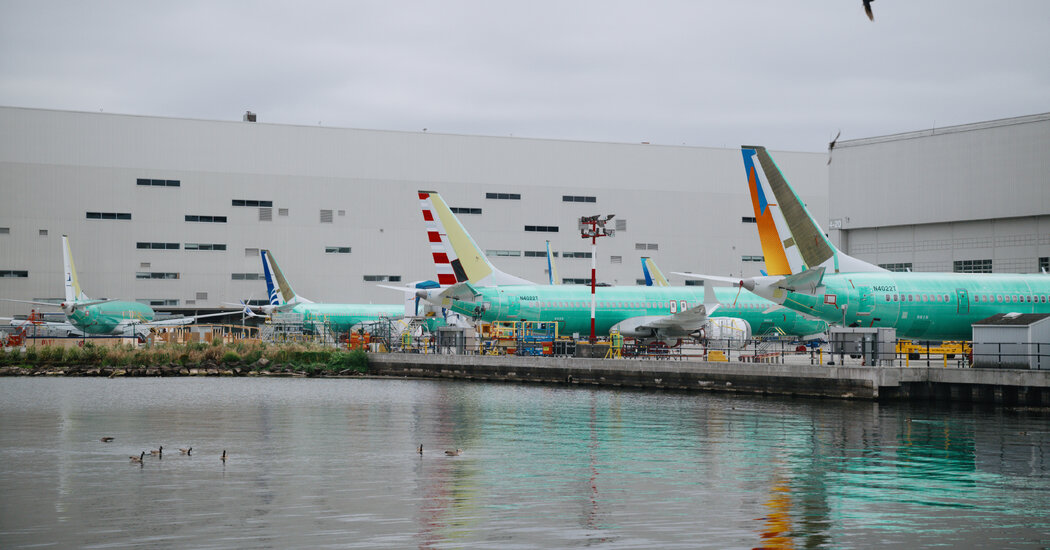Opinions expressed by Entrepreneur contributors are their own.
There’s a difference in each city’s marketing. Seoul wants to be culturally forward and technologically advanced; Copenhagen wants to be environmentally leading and design-centric. That’s fine, but big cities are hard to encapsulate, mostly because a well-developed city has many strengths.
What both cities share, however, is something entrepreneurs should pay serious attention to: the 5-minute principle that’s revolutionizing how I run my business.
Related: 5 Simple Productivity Hacks That Will Make You More Successful
The accidental business experiment
I live part of the year in the Hapjeong neighborhood in Seoul, South Korea. My older daughter’s school is one stop away on her bus, about a ten-minute ride. That’s as far as anyone in my family needs to go. My younger daughter’s preschool is an eight-minute walk away. And my office is one elevator ride and 50 paces away, in the same complex as my residence.
On the B2 level of the complex is a hypermarket, and the mall that sits between our perch and that store is a veritable feast of retail: convenience stores, home goods stores, pharmacies and wireless shops; sporting goods stores like Nike; some wine shops; a smattering of eateries (including a McDonald’s and a Subway); and coffee bars, including two Starbucks (one a Reserve). Did I forget to mention the movie theatre, the family practitioner, the dentist, the hair salons and the Pilates studios?
As an American who likes driving, living here took adjustment. I’ve lived in metropolises like Boston before, where the CVS and the JP Licks are a short walk away. But before here, I’d never experienced a place where everything is just down the elevator shaft. Moving here felt magical, like I was on holiday at an urban resort.
And after a few months of living this way, I decided to double down: I put my office in the mall too.
Related: 21 Productive Things to Do on Your Commute
The productivity revolution no one’s talking about
It’s hard to describe how convenient my Korean life is. How removing the transit time required for any quotidian task has given me back hours every week.
The business impact was immediate and profound. With my time budget suddenly expanded, I started wondering: what if I could recreate this 5-minute efficiency for my entire operation?
I appreciated it so much that I decided to offer others the opportunity to live the 5-minute life too. My recruiter put up a post seeking English-speaking people who live nearby; now we have a team where eight people commute from a ten-minute walk away. In the words of one, “This is a dream.”
The ROI of proximity: Time is actually money
Let’s do the math. The average American worker spends 52 minutes commuting each day, with some doing way more. That’s 225 hours annually — or six full work weeks — getting to and from work. For entrepreneurs and business owners who bill hourly or measure team productivity meticulously, this represents an extraordinary hidden cost.
When I implemented my proximity-based hiring model, our team recovered approximately:
- 960 hours of collective productive time annually (across team members)
- 15% reduction in our sick days (people who cycle or walk to work get sick less often)
- 32% decrease in tardiness and schedule disruptions
- Zero weather-related absences (a factor during Seoul’s monsoon season)
More importantly, we’ve seen enhanced team collaboration and increased employee retention due to our shared neighborhood experience. Happy hours are easy. We can help each other move. We dog sit for one another. It’s all easy as team members who live and work in the same neighborhood develop stronger connections to the company and each other.
The 5-minute principle: Beyond real estate
When I explain this life to my friends and family, they look at me like I’ve become a devotee of a guru they don’t quite trust. “But isn’t it weird? You don’t ever really leave the neighborhood.” It’s true that I rarely leave. Although the other night, I did take a 45-minute cab ride to the other side of the city to catch Park Jin-young’s (JYP) 30th anniversary concert (he’s amazing live).
But to all American entrepreneurs who commute to offices, fight traffic to meetings and waste precious hours in transit, do we really need to see the scenery during our transit to some daily destination? Wouldn’t business be easier if there were no chance of traffic or weather or accidents, and everything we needed were a block away? So, instead of maximizing your long commute or making it more productive, why not eliminate it?
While not every business can relocate to a self-contained complex, every entrepreneur can apply the 5-minute principle:
- Strategic co-location: Position your office near where your key team members already live, not where it seems prestigious on a business card
- Proximity-based recruiting: Target talent pools within specific geographic zones rather than casting wide nets
- Creating micro-hubs: Establish small satellite offices in neighborhoods where clusters of employees live
- Virtual proximity: Design digital workflows that minimize “travel time” between apps and functions — the digital equivalent of the elevator ride
- Proximity partnerships: Form alliances with nearby businesses to create your own service ecosystems
Related: Super Commuting Is on the Rise, Here’s Why and How It Works
What you gain when you stop commuting
I can think of just one thing from my daily commute that I miss: talking on the phone to old friends. My long drives to and from work were good for check-in calls; now that I don’t drive, I don’t have much idle time for calls. But would I give back my 5-minute life for those calls? Nope.
The business applications of the 5-minute principle extend beyond real estate. It’s about reimagining productivity as friction reduction rather than time extension. While your competitors ask employees to work longer hours, you can offer them the gift of more time without sacrificing output.
For entrepreneurs, especially those building teams in competitive talent markets, the 5-minute model creates a distinctive advantage. When candidates consider similar roles with similar compensation, the quality-of-life improvement of a 5-minute commute becomes the deciding factor.
In a business landscape obsessed with digital transformation, perhaps the most revolutionary change we can make is analog: bringing things closer together, not doing more, but traveling less.

